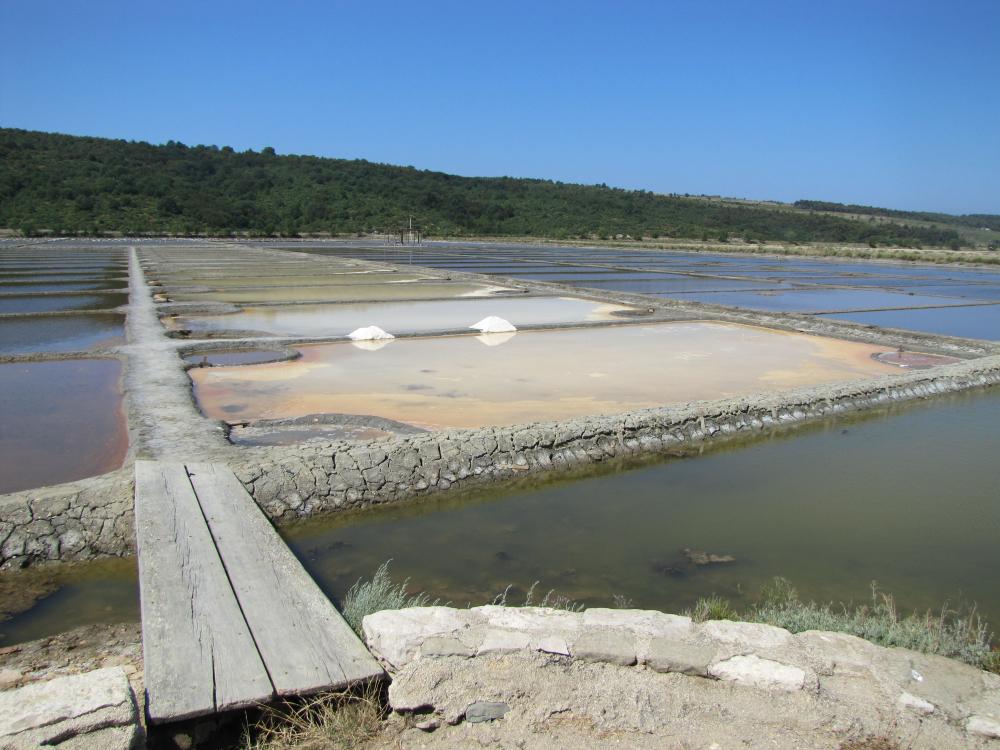
The Sečovlje Saltworks on Slovenia’s Adriatic coast has long been well-known for the quality of its salt, and in the past few years, a product particularly prized by connoisseurs has gained a following far beyond Slovenia’s borders: a rare specialty known as fleur de sel.
The product is made when the top layer of salt that collects in salt pans by the sea is scraped by hand. This layer is made of light crystal that remains on the surface - much as creams settles on the surface of milk. It is produced in just a few saltworks around the world, where salt is still made by traditional, labor intensive methods. Because it’s hand-crafted, the delicacy can be almost 20 times more expensive than regular salt. For many, its high price is justified, since fleur de sel has an exceptionally intense aroma and flavor.
Fleur de sel has become a pride of Slovenia’s coastal region. A prestigious restaurant in Portorož and a local newsletter are both named after the delicacy. For several years, it has been available in a number of stores around Slovenia operated by the Sečovlje Saltworks and has become a popular souvenir.
Slovenian fleur de sel is also exported to some 20 countries around the world, both in Europe and beyond – including the demanding Japanese culinary market. It is proudly featured on the menu of X20, an award-winning restaurant in Yonkers, New York, run by Chef Peter X. Kelly, who is a passionate promoter of Sečovlje salt and other Slovenian products.
Salt from Slovenia is often poetically marketed as “the sea that couldn’t return to the sky,” and because of the quality of the Sečovlje fleur de sel, a bit of the Slovenian sea can now be found in restaurants and kitchens around the world.

































































